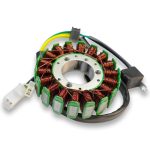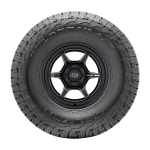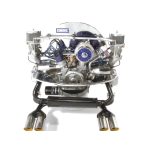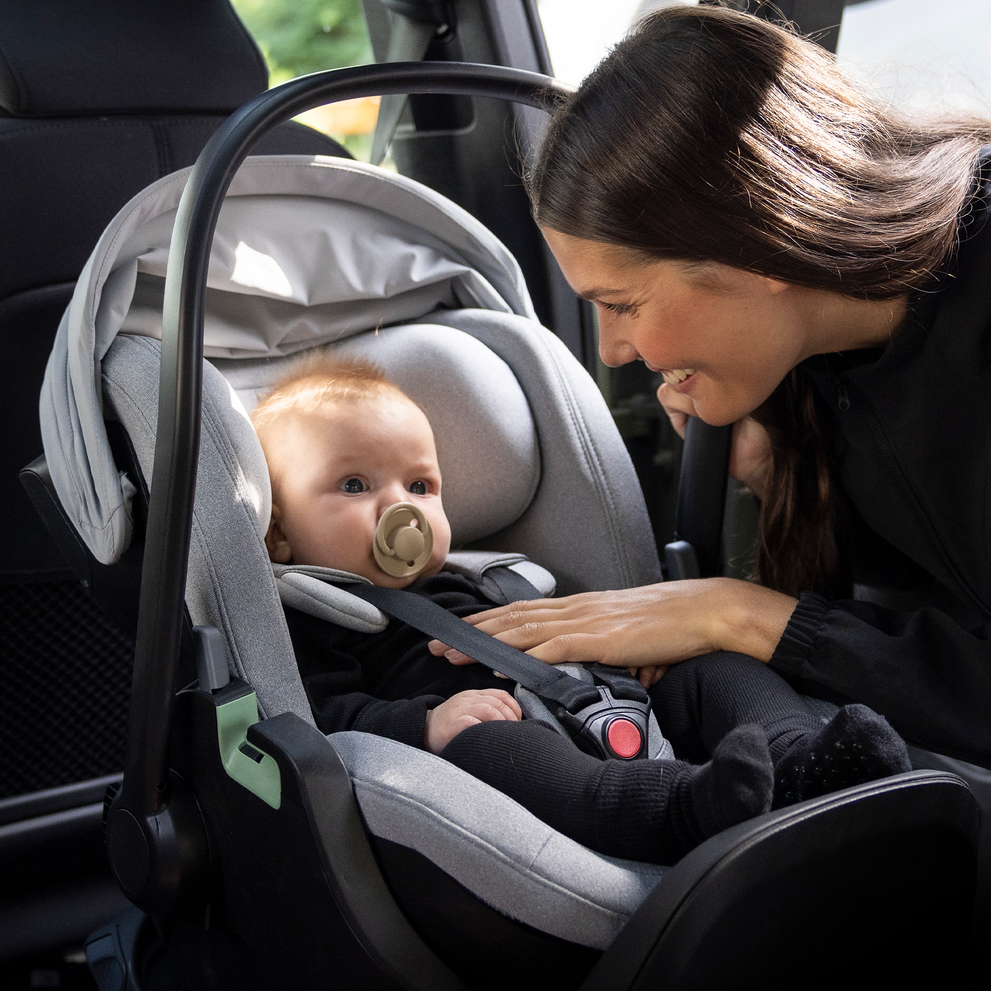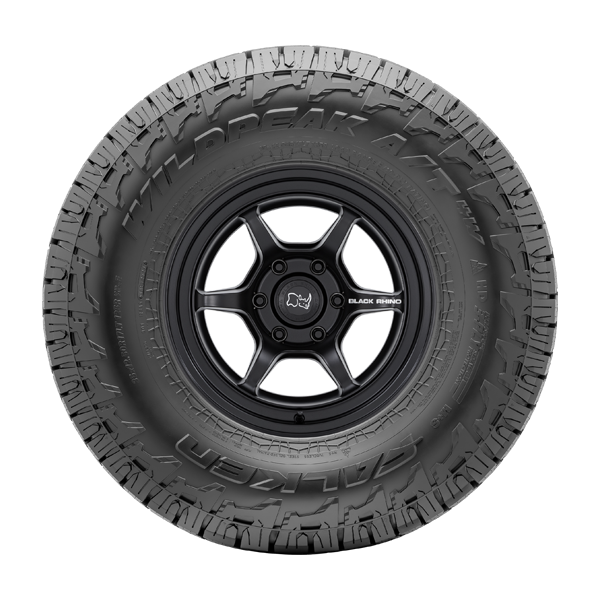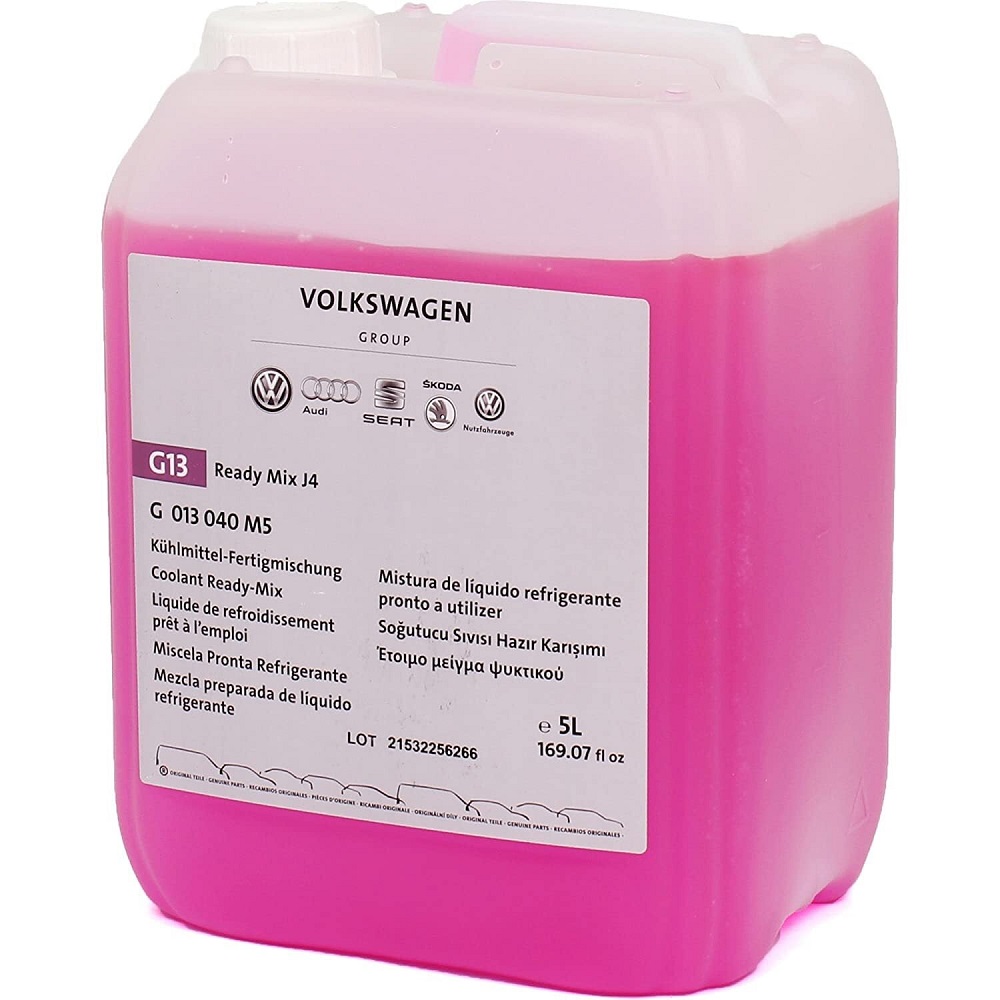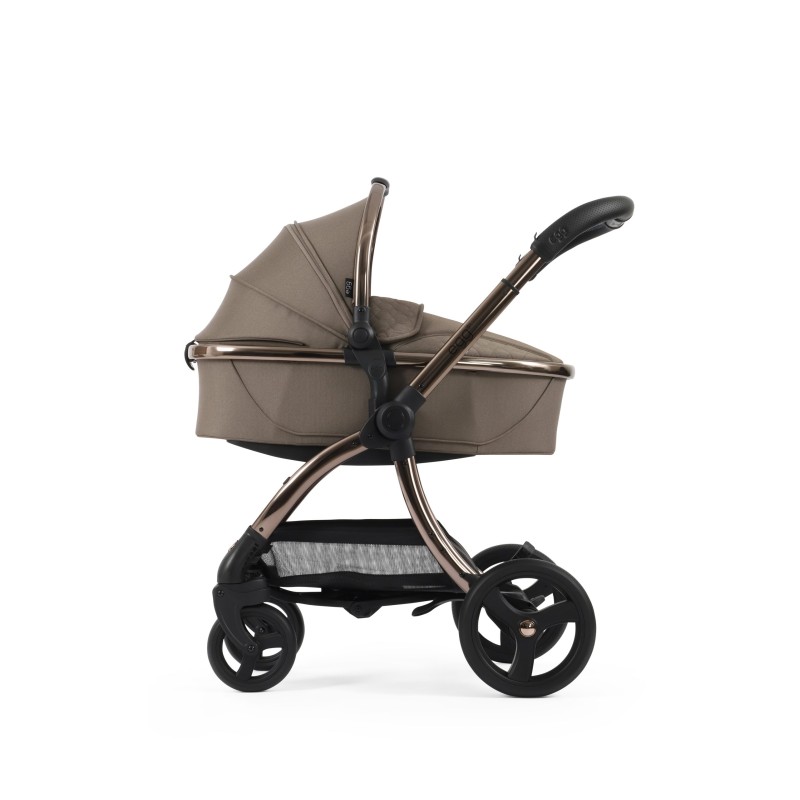Choosing the right car seat for your baby is one of the most important decisions you’ll make as a parent. Safety is paramount, and understanding when to transition from an infant car seat is crucial for protecting your child during travel. Infant car seats are specifically designed for young babies, offering unique features to ensure their safety and comfort. However, as your baby grows, you’ll need to consider transitioning to a different car seat type. This article will help you understand how long you can use an infant car seat and when it’s time to make the switch.
Understanding Infant Car Seats
What Is an Infant Car Seat?
An infant car seat is a small, rear-facing car seat designed specifically for babies. These seats usually come with a five-point harness system to securely hold your child in place. The design includes features like extra padding and side-impact protection to keep your infant safe during travel. Most infant car seats can be easily removed from the car and attached to a stroller, providing convenience for parents on the go.
Key Features of Infant Car Seats
Infant car seats typically weight about 4 to 35 pounds and are designed for babies up to a certain height limit, usually around 30 inches. Most seats include a removable base that remains installed in your vehicle, allowing for easy transfer of the seat itself. Additional features may include:
- Adjustable harness: Ensures a snug fit as your baby grows.
- Sunshade: Offers protection from the sun while your child is in the seat.
- Locking mechanisms: Help secure the seat base into your car properly.
Knowing the key features of infant car seats can assist you in understanding their limitations and when transitioning becomes necessary.
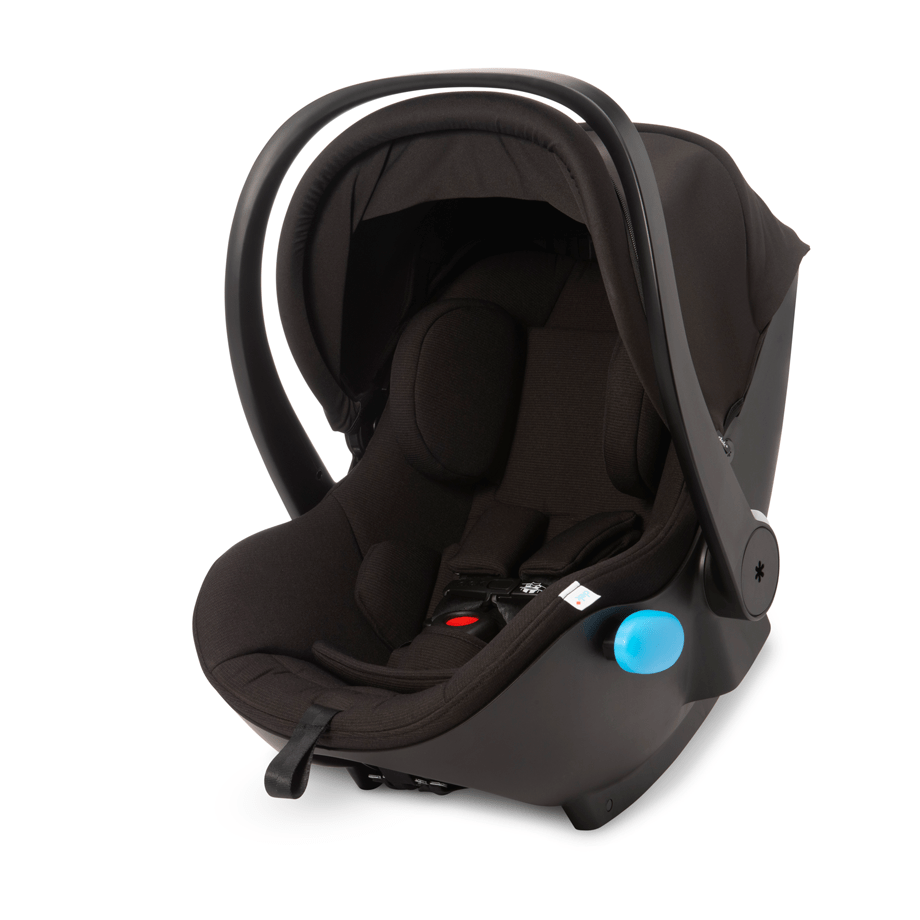
Safety Guidelines and Regulations
Following Manufacturer Recommendations
Each infant car seat comes with specific guidelines outlined by the manufacturer. These guidelines include weight and height limits, which are crucial to follow for your child’s safety. Typically, the weight limit for most infant car seats ranges between 22 to 35 pounds. Height limits generally range from 28 to 32 inches. It’s important to frequently check your child’s growth against these limits to ensure they remain within the specifications.
Understanding State Regulations
In addition to manufacturer recommendations, each state has laws governing car seat usage. While many states require infants to remain in a rear-facing car seat until they reach certain weight and height limits, the specifics can vary. Always refer to your local regulations to ensure compliance. Understanding the laws in your area can help you make an informed decision regarding when to transition from an infant car seat to a convertible or booster seat.
Signs Your Baby Is Ready to Transition
Monitoring Weight and Height
The most apparent signs that your baby is outgrowing their infant car seat are based on weight and height measurements. Regularly check your baby against the weight limit and height specifications listed on the car seat. If your child exceeds either limit, it’s time to consider transitioning to a different car seat.
Observing Physical Comfort
In addition to weight and height measurements, observe how your baby fits within the car seat. If their head is appearing above the back of the seat or their legs are bent and cramped against the sides, these are indications they have outgrown the infant car seat. Keeping your child comfortable during travel is essential for their overall well-being, so don’t hesitate to make changes when necessary.
Assessing Developmental Milestones
Look at your child’s developmental milestones as well. If they are starting to sit up or showing signs of being more mobile, it may be time to transition. A child who can stay seated independently is typically ready for a convertible seat that can remain rear-facing or switch to a forward-facing position.

The Importance of Rear-Facing Car Seats
Safety Benefits of Rear-Facing
Keeping your child in a rear-facing car seat provides superior protection for young children. In the event of a frontal crash, a rear-facing seat supports the head, neck, and spine, spreading the forces of the impact more evenly across the body. The American Academy of Pediatrics recommends keeping children in rear-facing seats for as long as possible, until they reach the maximum weight or height allowed by the seat.
Extended Rear-Facing Recommendations
Studies demonstrate that children aged two and younger are up to five times safer when riding in a rear-facing car seat compared to a forward-facing one. Parents should aim to keep their children in rear-facing seats until they reach the necessary limits, ideally transitioning from infant to convertible car seats that can still maintain the rear-facing position.
Choosing the Right Convertible Car Seat
Understanding Convertible Car Seats
When your child has outgrown their infant car seat, consider switching to a convertible car seat. These seats can be used in both rear-facing and forward-facing positions, accommodating children as they grow. Many convertible seats can support weight ranges from 5 to 65 pounds, making them suitable for extended use.
Key Features to Look For
When selecting a convertible car seat, look for features that ensure safety and convenience:
- Easy installation: Ensure that the seat can be installed securely using either the seat belt or the LATCH system.
- Adjustable harness: Look for a model that allows for easy adjustment as your child grows.
- Side-impact protection: Choose a seat with additional padding or innovative design features to protect your child during side-impact collisions.
Research various models to find a convertible car seat that meets your needs, and choose one that offers safety ratings and reviews from other parents.
Transitioning to a Booster Seat
Understanding When to Switch to a Booster
Once your child has outgrown their convertible car seat, it’s time to consider a booster seat. Booster seats help position the seat belt correctly over your child’s body, ensuring maximum safety during travel. The typical age range for transitioning to a booster seat is approximately 4 to 7 years old or once they exceed the weight or height limits of the convertible car seat.
Types of Booster Seats
There are two main types of booster seats: backless and high-back boosters.
- High-back booster seats offer additional head and neck support and can help position the seat belt correctly.
- Backless booster seats are more portable and easy to use, as long as the vehicle has headrests to provide necessary support.
Always ensure the booster seat you choose complies with safety standards, and prioritize comfort and adjustability to accommodate your growing child.
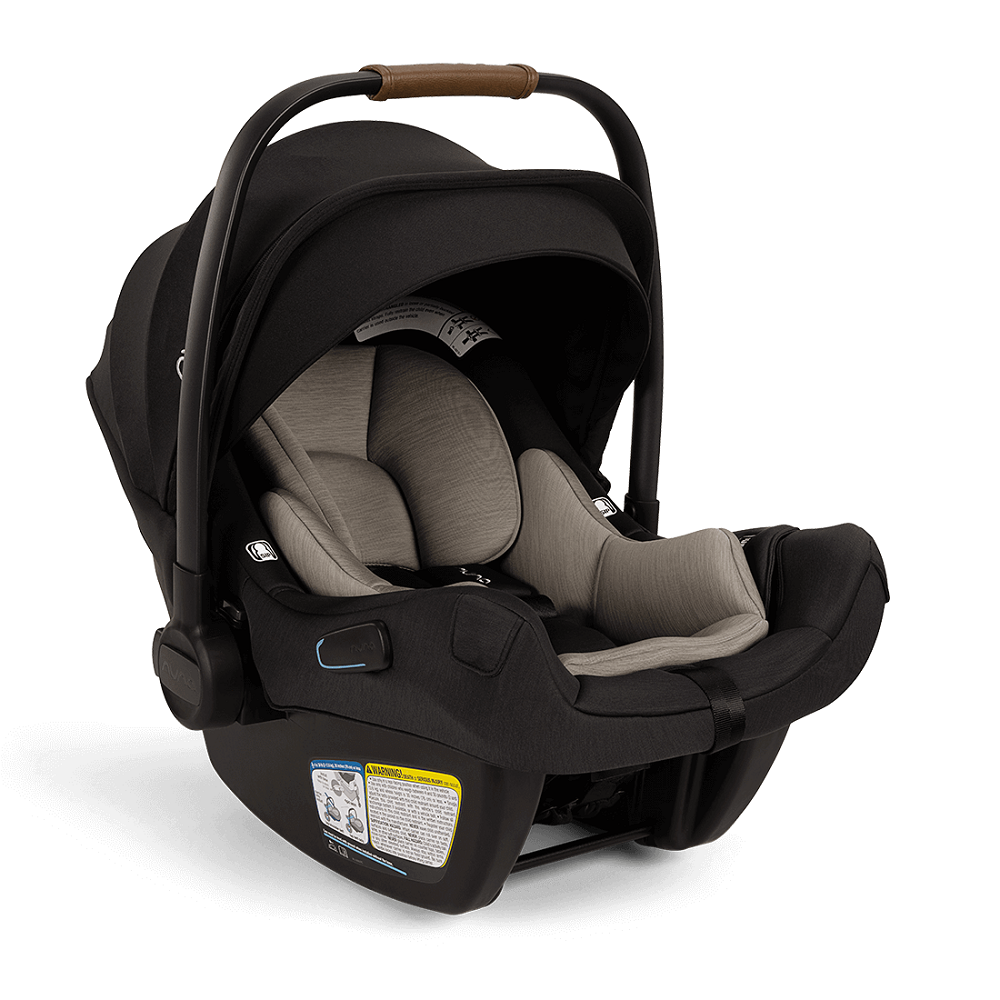
Tips for a Smooth Transition
Gradual Introduction to New Seats
When transitioning from an infant car seat to a convertible or booster seat, introduce the change gradually. Allow your child to sit in the new seat for short rides initially. This helps them become familiar and comfortable with it before longer trips. If your child expresses reluctance or anxiety, offer reassurance and make the transition as positive as possible.
Educating Your Child About Safety
Teach your child about the importance of seat safety and wearing seat belts properly. Explain why the switch is necessary and provide information about how the new seat works. When your child feels involved in the process, they’ll be more likely to adapt positively.
Regularly Check Fit and Comfort
After transitioning to a new seat, regularly check your child’s fit and comfort in the car seat. As they grow, adjust harnesses, headrests, and seat positions accordingly. Continuous monitoring ensures your child remains safe and secure while traveling, allowing you to enjoy peace of mind on the road.
Conclusion
Understanding when to transition from an infant car seat is essential for ensuring your child’s safety during travel. By carefully monitoring your child’s weight, height, and developmental milestones, you can determine the appropriate time for the switch. Safety recommendations prioritize extended rear-facing use, making convertible and booster seats the next logical steps in the car seat hierarchy.
When you feel confident about making the transition, choose the right car seat that meets safety standards and is comfortable for your child. Encourage open dialogues with your child about seat safety and comfort. Remember, knowledge about car seat guidelines and safety practices is crucial for making informed decisions. By being proactive and attentive, you can help protect your child’s safety on every journey, making travel easier and more enjoyable for both of you.
